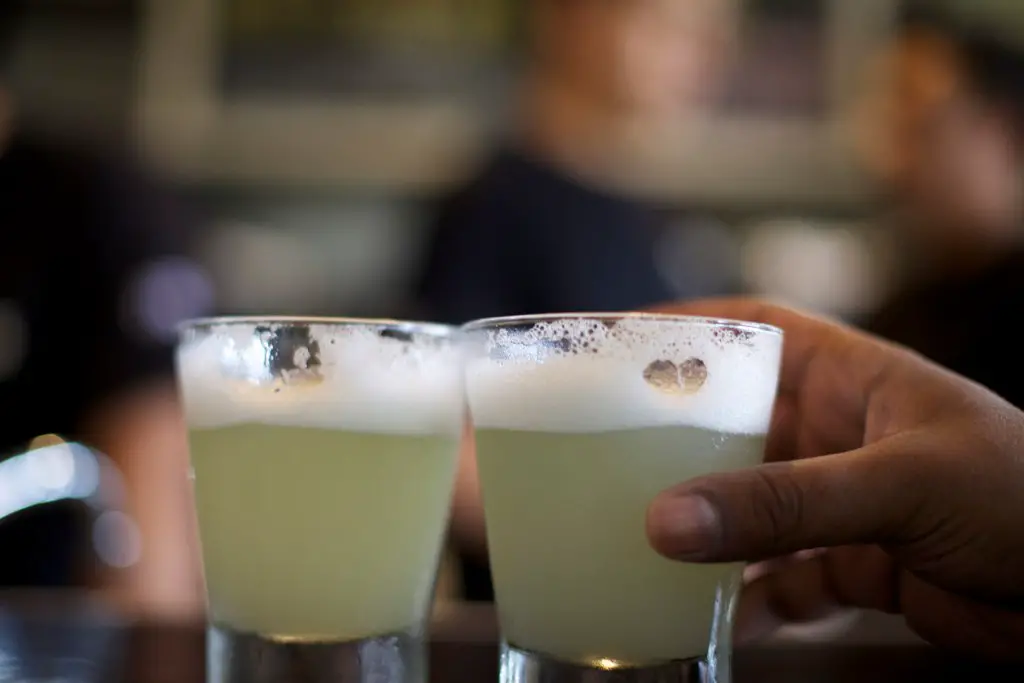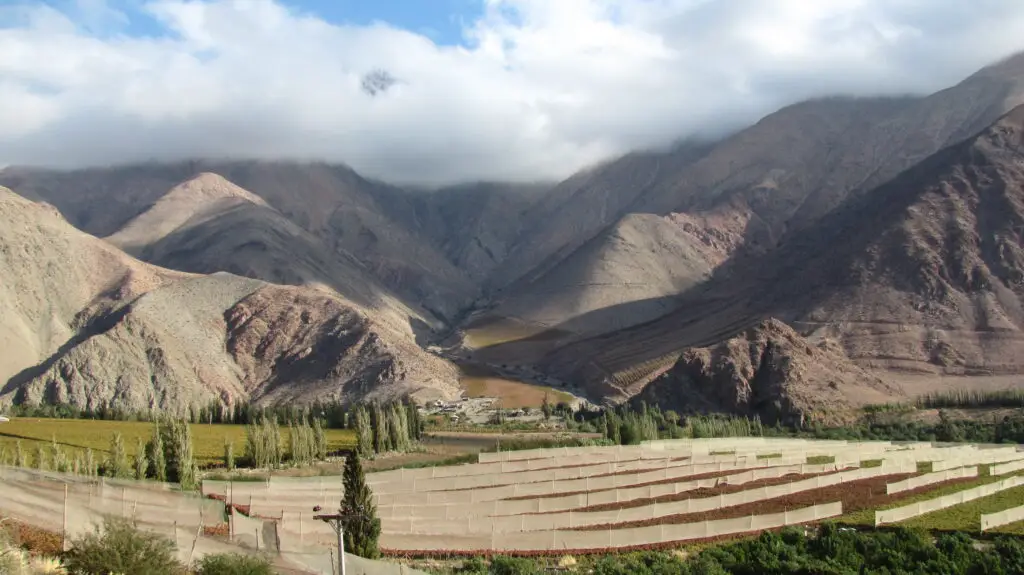Table of Contents
Planta Capel is a Producer of Chile’s National Liquor Pisco Sour
The Elquí Valley, about 470 kilometres north of Santiago, is known for its immense vineyards and blue skies – offering 360 days of sunshine per year. The Diaguitas, the original inhabitants, were known to irrigate the fields of this dry valley to optimize agriculture and with the arrival of the Spanish started the development of what was to become Chile’s national drink: pisco sour.
The Origin of Pisco in South America

While Chileans claim that pisco originated in their country, the Peruvians do exactly the same. In whatever country the beverage may have originated, the story goes that the original inhabitants concocted an alcoholic beverage for their ceremonies and that, over time, this spirit developed into the liquor called pisco. It wasn’t until the 20th century that pisco started to be produced on a large scale. The number of pisco distilleries grew as did modern technology. Some of these pisco distilleries are open to visitors; the Planta Capel Cooperative is one of them.
A Tour at Planta Capel: Entrance Fee, Opening Hours and Reservations

- With eighty factories Planta Capel in Vicuña [62 kilometres east of La Serena] is the largest pisco distillery in the Elquí Valley.
- Guided tours take place in Spanish or English at Clp 1000 [US$ 1,50].
- Tours leave about every half-hour between 10.00am-12.30pm and 14.30-18.00pm.
- Reservations aren’t necessary and a tour doesn’t require a minimum number of persons.
The Process of Producing Pisco at Planta Capel
The tour will pass the entrance of the factory where trucks and tractors deliver the grapes in February / March. After samples have been taken to determine the quantity of sugar, machines remove the grapes from the branches [which are ground and used as fertilizer on the vineyards]. The grapes are left to clarify in large iron tanks during several hours, after which the liquid is kept in concrete tanks for sixteen days to ferment – so far a procedure similar to that of making wine.
Distilling the liquid produces an alcohol of 85%. The alcohol comes in several qualities called “corazon” [the best], “cola” [waste] and “cabeza” [which will be distilled a second time]. The alcohol is subsequently kept in oak barrels, varying from five months to two years, until a perfect pisco puro has been obtained. The end product has an alcohol percentage of about 35-40.
At the end of the tour the visitor can sample a pisco cocktail or a “pajarete” – a delicious dessert wine made of the Muscat grape. In the adjacent shop Capel promotes their assortment varying from “Alto the Carmen”, which is their premium and only comes as a pisco puro, to “Artesanos del Cochiwas” and “Capel” which are both lines offering pisco puro as well as cocktail varieties. Have a try at Mango Colada, Pina Colada or Caipiriña.
Pisco Sour – Chile’s National Drink
Pisco Sour is the most famous pisco product and considered Chile’s national drink. It is drunk as a cocktail and made of pisco puro, lemon juice, powdered sugar and egg white to make it foamy. Premixed sours are for sale in supermarkets as well, although they can’t compete with the real thing. Other well-known brands of pisco are Control and Tres Erres.
Festivals and Places of Interest in the Elquí Valley
- Each year in February the “Festival de la Vendimia” is held in Vicuña. The festival inaugurates the harvesting of the grapes and during a week celebrations and activities are organized in town, among which the election of the Harvest Queen.
- Andacollo is considered Chile’s most religious town. In October and December festivals are held to honor the Virgin de Andacollo.
- Visit the Observatory of Cerro Mamalluca north of Vicuña to observe the universe at night through a telescope.
- For a visit to northern Chile this overview may be handy for information on San Pedro de Atacama, its nearby Valle de la Luna and the Coppermine in Chuquicamata.

Avid traveler, journalist and writer, he moved away from his native France back in 2006 and settled in Chile. After visiting the country North to South, learning extensively about its culture, History, gastronomy, Thomas started to work as a tour guide. He liked it so much that he ended up creating his own tour agency in Valparaiso, where he lives today. You can visit my site at: https://chileprivatetours.com/
